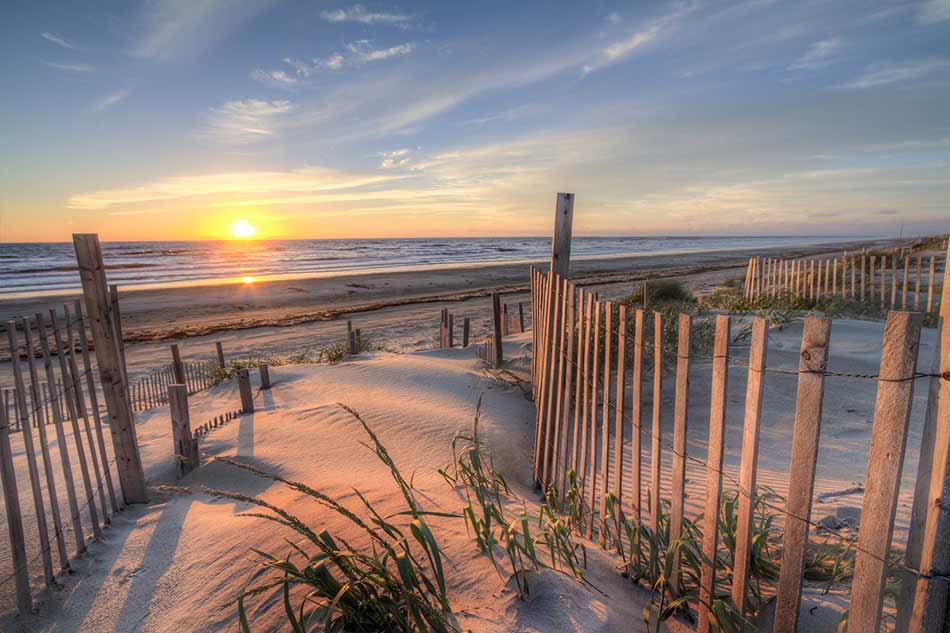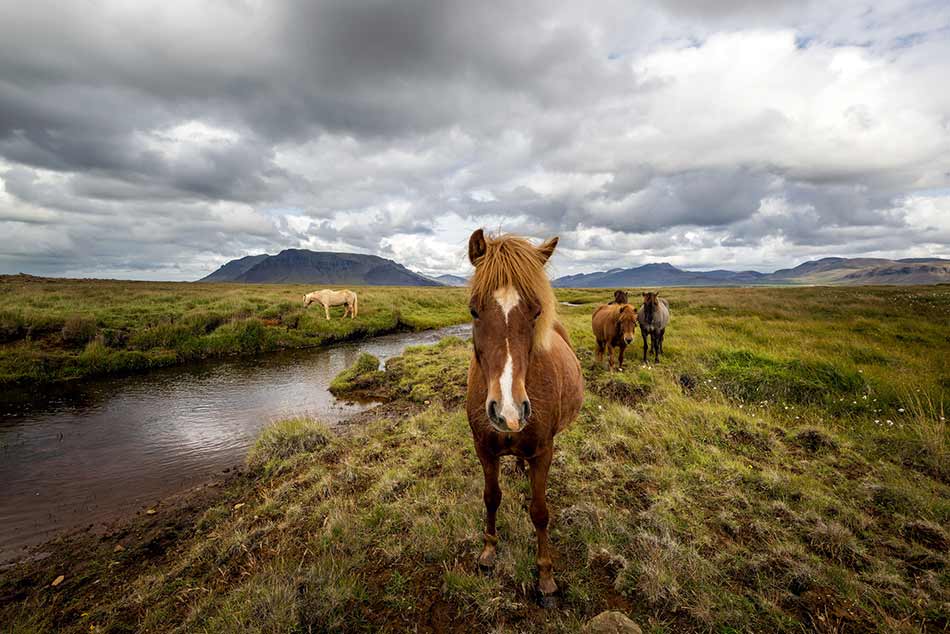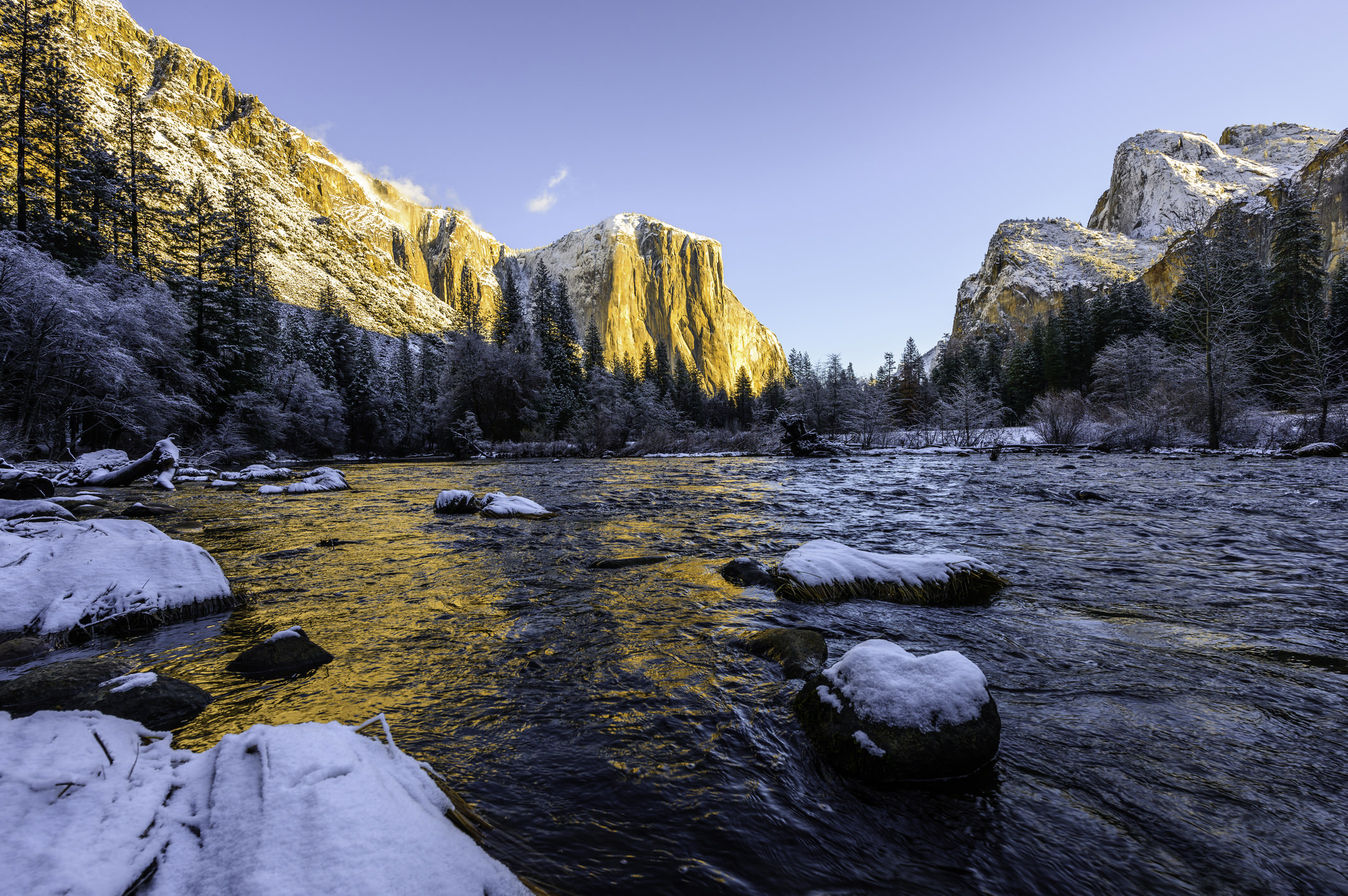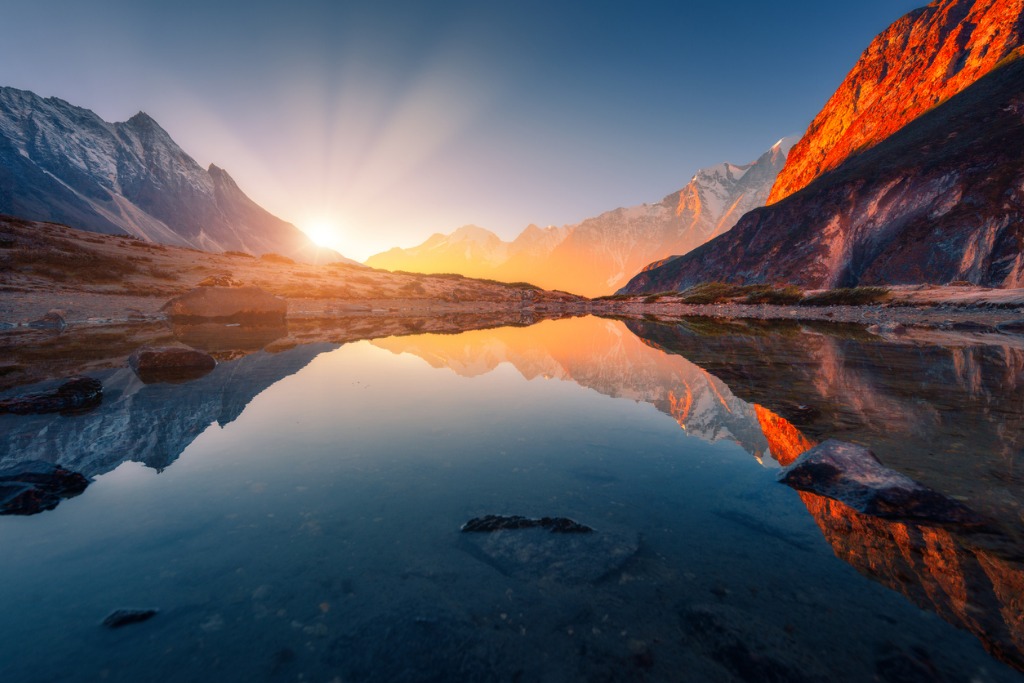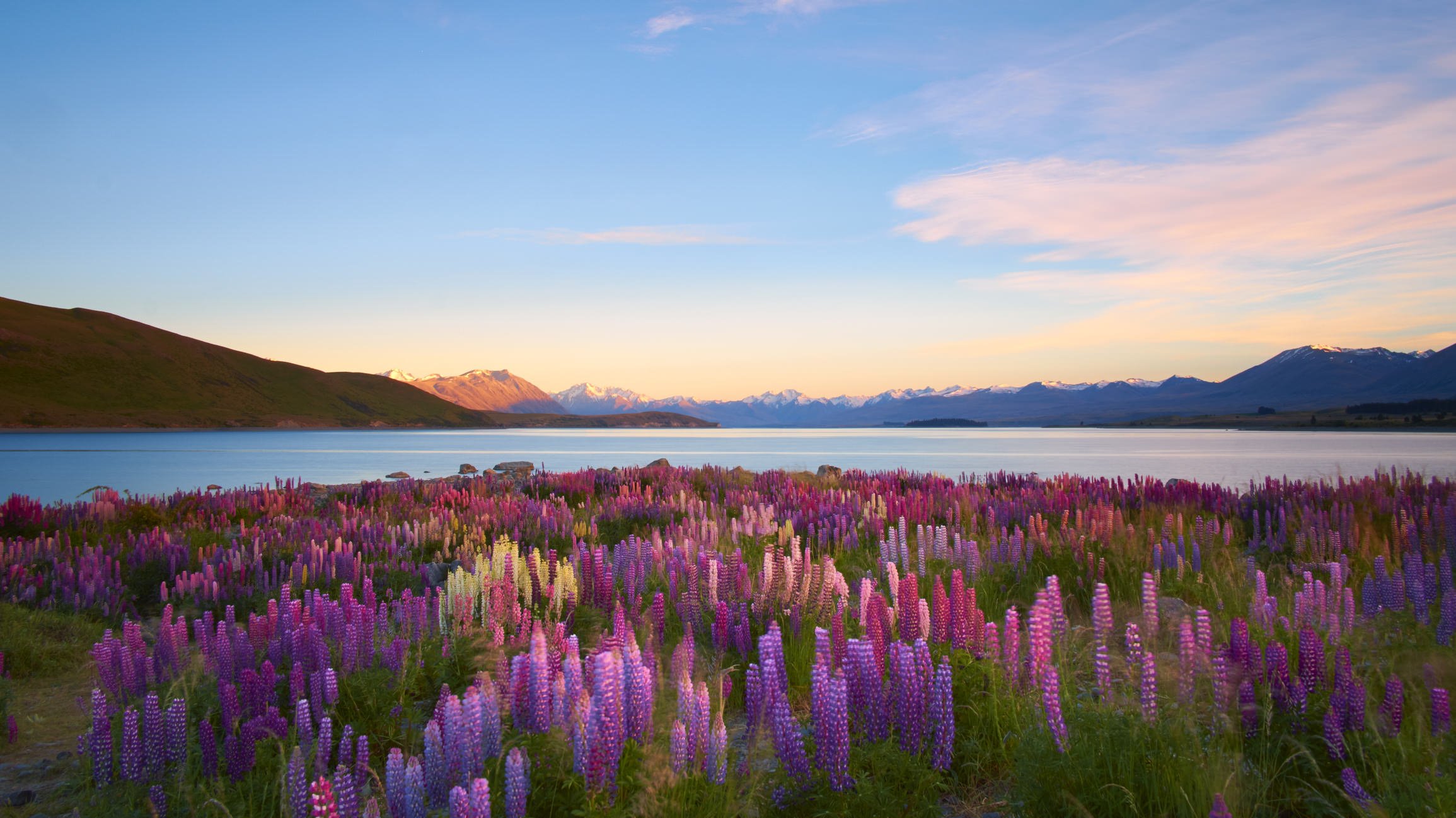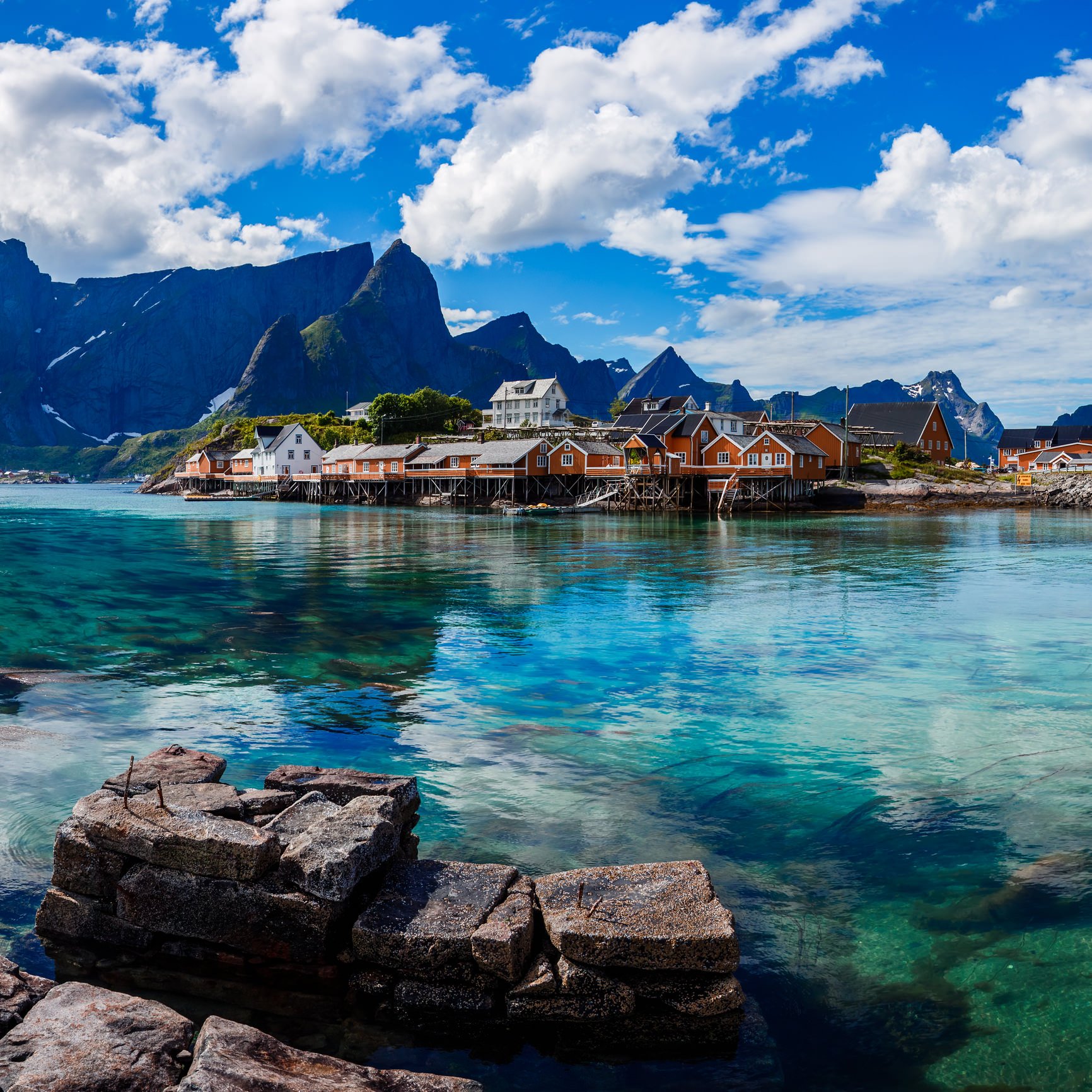Coastal landscapes are some of my favorites because they offer so many different opportunities for landscape photos. Sunrises and sunsets, detail shots of texture-filled beached, motion blur of the ocean’s waves, and piers at night are just a few of my favorite subjects.
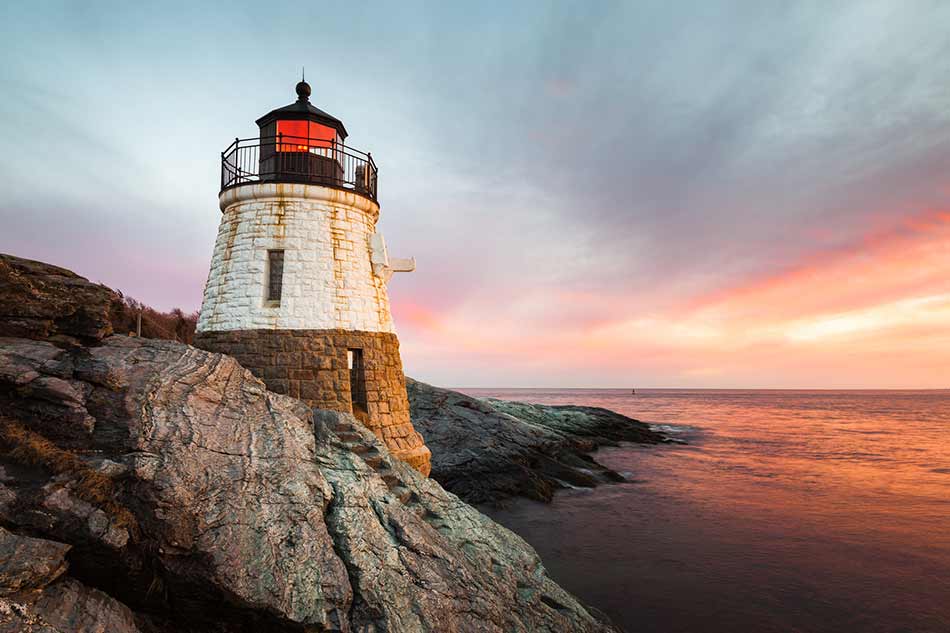
But as with any kind of photography, there’s more to creating a beautiful coastal landscape photo than simply pointing your camera at something that looks pretty.
With that in mind, here’s a few tips on how to photograph coastal landscapes.
Coastal Landscape Photography Tip #1: Protect Your Camera

photo by dchadwick via iStock
I think it probably goes without saying, but I’ll say it anyway - the coast is not a friendly place for cameras.
Pretty much everything you will find when you photograph the sea is detrimental to your camera - salt, sand, and ocean spray among them.
To keep those elements away from your gear to the greatest extent possible, follow these coastal photography rules:
- Keep your gear in a camera bag whenever it isn’t in use. A waterproof bag is a good choice.
- Minimize lens changes. The less time the inner workings of your camera are exposed, the less time there is for water or sand to enter.
- If you need to change lenses, get as far away from the coast as possible. Even if you have to head back to your car in the parking lot, do it!
- Once you’re done for the day, use a clean, damp cloth to wipe down all your gear. This will help remove any dust, sand, or salt spray. When you get home, a thorough lens cleaning and sensor cleaning is in order as well.
The coast is just too beautiful to pass up, so all this work to protect your gear is certainly worth it
Coastal Landscape Photography Tip #2: Mind the Horizon

photo by RobChristiaans via iStock
When composing your shots, bear in mind that you not only need a strong subject to anchor the photo, but you also need to be aware of the best position for the horizon. Learn more about landscape pictures on our website PhotographyTalk.com.
A good rule of thumb to follow is that if there is more interest in the sky - a beautiful sunset or dramatic clouds, for example - shift the horizon downward in the frame.
Conversely, if the greatest area of interest is in the foreground - interesting rock formations or tide pools - shift the horizon upward in the frame.

Photo by Jose Llamas on Unsplash
It’s also important to get the horizon perfectly straight.
A wonky horizon is one of the easiest ways to ruin an otherwise good shot. And while it’s simple to fix crooked horizons in post-processing, it’s even easier to simply pay attention to the composition and adjust your camera accordingly to get a straight horizon in-camera.
Many tripods have built-in bubble levels to keep things nice and straight. If your tripod doesn’t have a bubble level, you can buy one that fits in your camera’s hot-shoe mount.
Alternatively, you can use your camera’s virtual horizon if equipped, and if not, simply turn on the rule of thirds grid in live view and use the upper and lower grid lines to get the horizon straight.
Coastal Landscape Photography Tip #3: Blur the Water’s Movement
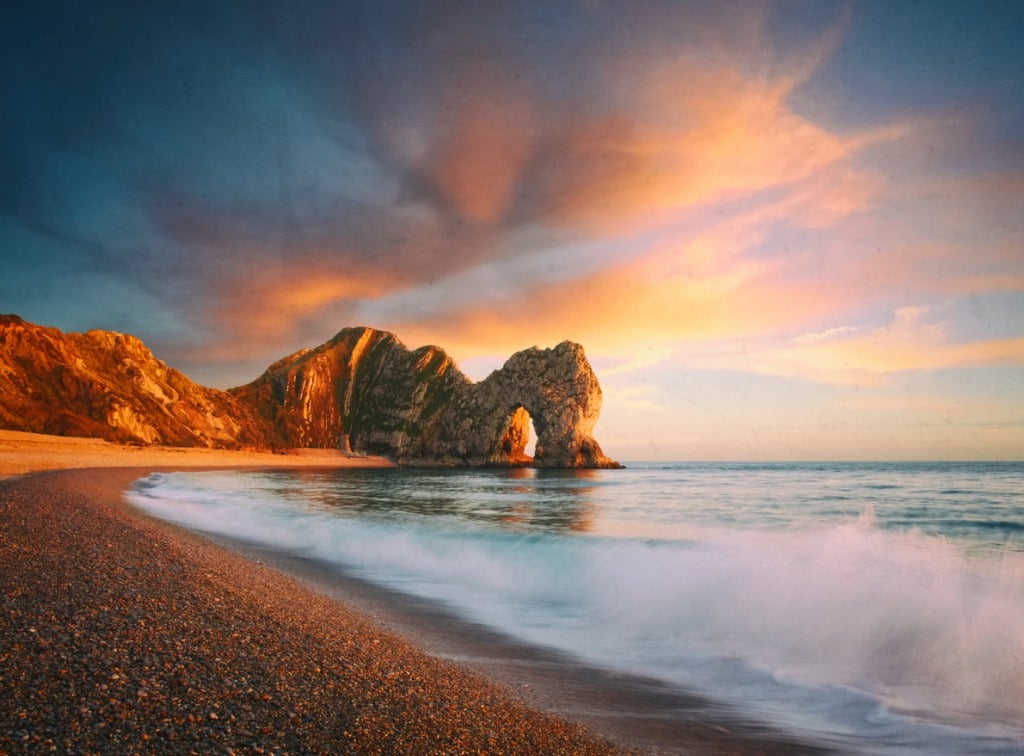
photo by simonbradfield via iStock
You can’t visit the coast with your camera without taking a long exposure that blurs the movement of the water.
If you’re shooting during the daytime and you want this effect, you’ll need a good neutral density filter to block some of the light out so you can extend the shutter speed to get the blur you want.
On the one hand, you can use a set of solid ND filters that attach to your lens via a bracket. This allows you to stack filters to get the desired filtering power. It also allows you to stack different types of filters.
For example, you might have a solid neutral density filter combined with a graduated neutral density filter to darken the sky more without impacting the landscape.

photo by Daniel_Kay via iStock
Though this setup can work great, there’s two problems. First, using multiple ND filters can be a laborious task. For each shot, you might need to swap out one filter or another to get the right exposure level.
Second, when you’re at the coast, the last thing you want is more gear out in the salt and sand. Not only does that mean you have more gear that might suffer the deleterious effects of that particular environment, but it’s just more gear you have to clean when you’re done for the day.

I started using the Kenko variable ND filter shown above a few months ago, and I have to say, it’s been a much smoother process than with my standard ND filters.
What makes it easy to use a variable ND filter is that it just screws onto the end of my lens, so I don’t have to worry about a filter holder and a bunch of rectangular filters
Furthermore, rather than having to swap out individual filters and stack filters to get the desired effect, with a variable ND filter, I just turn the filter in its housing ring. It really doesn’t get much easier than that.

photo by DAJH via iStock
I appreciate the fact that I can put the filter on my lens in the car when I get to the beach and leave it on there the entire time. This means I have one filter to clean and the lens glass is protected from that pesky salt and sand.
Of course, having a variable ND filter means I can easily blur the movement of the water and quickly get the desired effect I want. That’s because this filter varies from 1-10 stops, so you can get just a hint of motion blur, dramatic ethereal long exposures, and various points in between.
Coastal Landscape Photography Tip #4: Focus on the Details
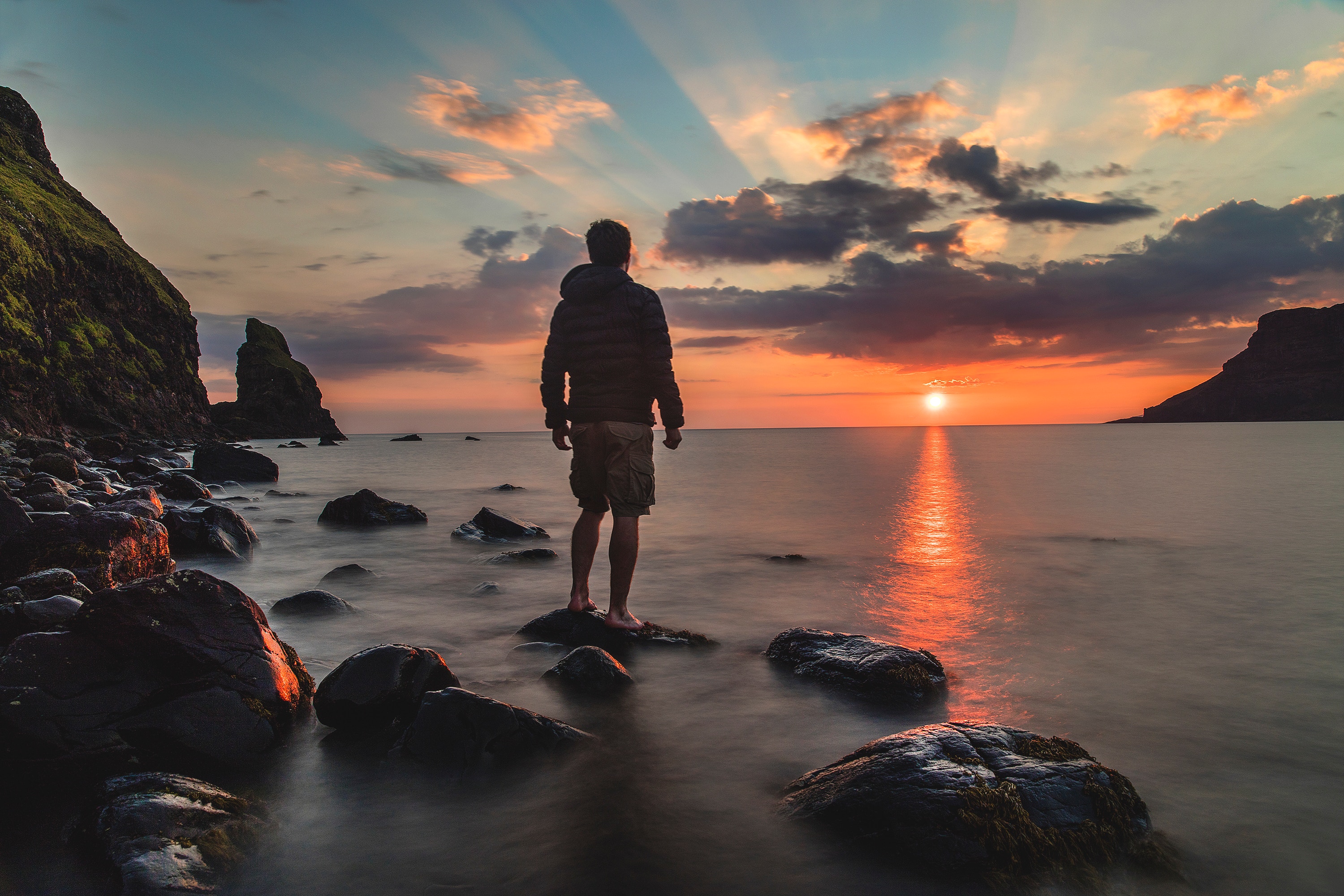
Photo by Joshua Earle on Unsplash
Not every photo you take on the coast has to be a wide-angle view of the beach or a sunset.
Instead, if you focus on detail-oriented shots, you will find that there are tons of possibilities for alternative types of coastal photos.

Photo by Bruno van der Kraan on Unsplash
Try finding interesting rock formations to highlight in a shot. Add people to a coastal landscape for added interest. Explore sand dunes and feature interesting textures in a shot.
The point is that the more you explore, the more you’ll find that’s worthy of a coastal landscape photo.
This post about the topic "How to Photograph Coastal Landscapes?" was first published on our website here https://www.photographytalk.com/how-to-photograph-coastal-landscapes
